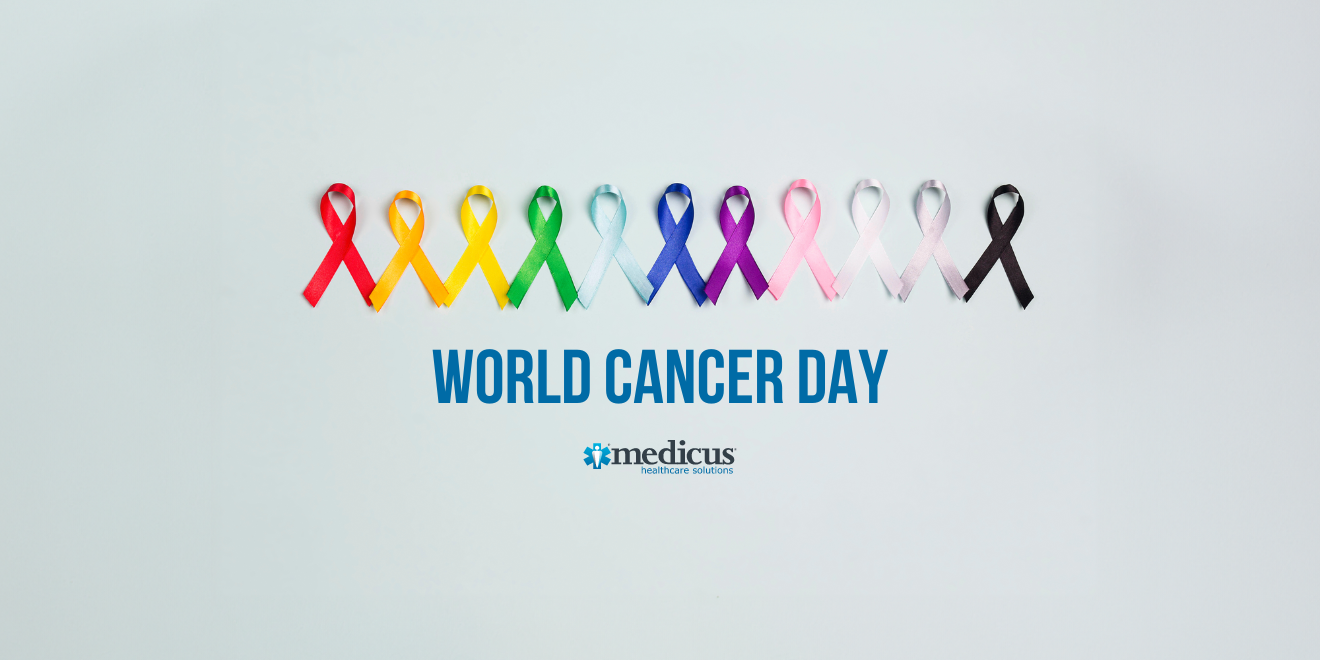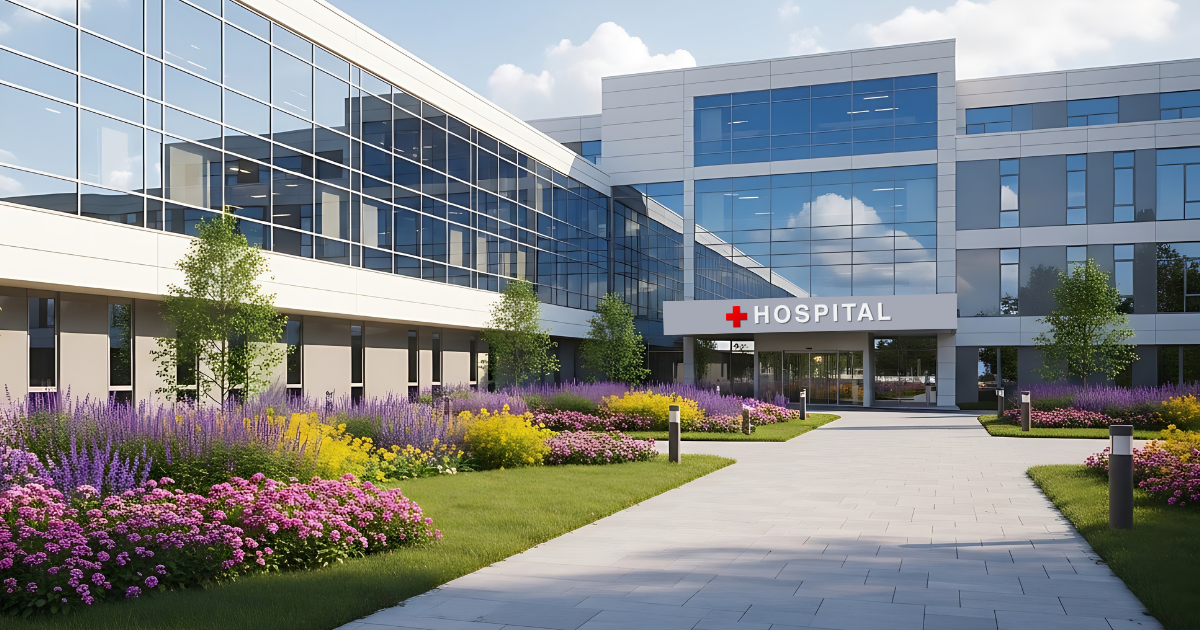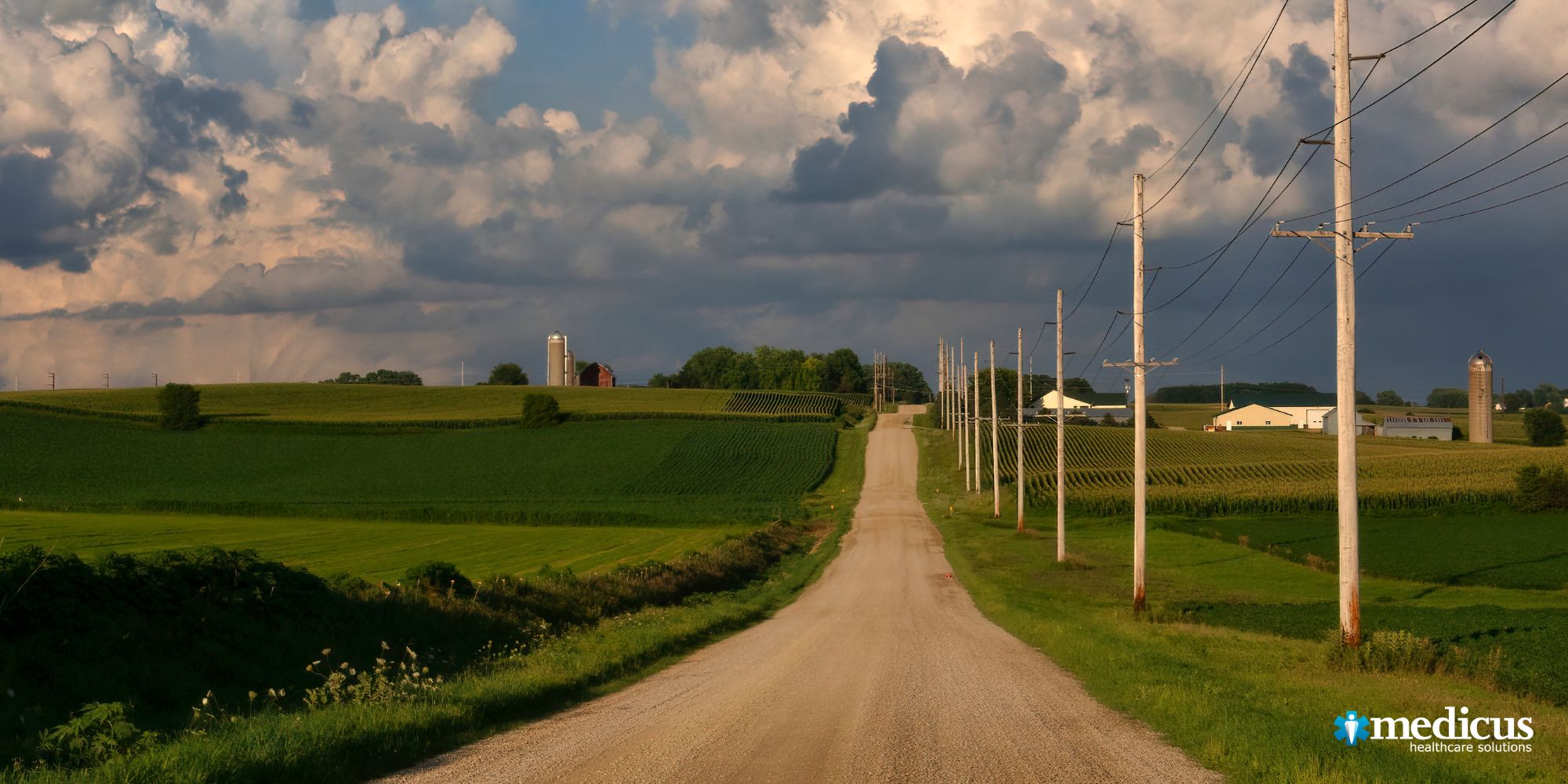
Established in 2000 by the Union for International Cancer Control (UICC), February 4th is recognized as World Cancer Day. This annual event aims to raise awareness, improve education, and inspire collective action for a world where preventable cancer deaths are avoided and equitable access to life-saving treatment is ensured. This year's focus, aligned with the theme 'Close the Care Gap,' urges leaders to prioritize cancer care, address inequities, and invest in a just and healthier future.
Cancer in The United States
The American Cancer Society expects that new cancer cases will exceed 2 million in the United States for the first time in 2024. The heightened increase in cancer cases is primarily due to a growing and aging population and delayed early detection cancer screenings due to the COVID-19 pandemic. Additionally, there is an upward trend of younger adults diagnosed with specific types of cancers.
- In the United States, cancer is the second leading cause of death overall and the leading cause of death among people younger than 85 years of age.
- The six most common cancers in the U.S. include breast, prostate, endometrial, pancreatic, kidney, and melanoma.
- An estimated 19% of the U.S. population resides in rural areas. However, only 7% of oncologists practice in rural communities, and over 70% of counties in the U.S. do not have medical oncologists.
Oncologist Shortages
By 2025, The American Society of Clinical Oncology estimates there will be a shortage of more than 2,200 hematologist oncologists and medical oncologists in the United States. Ensuring proper cancer diagnosis, treatment, and care during oncologist staffing shortages is vital for meeting the rising demands for cancer care.
- The projected oncologist shortage is primarily attributed to the aging population, increases in cancer cases, and an expected 40% growth in the demand for cancer treatment.
- In rural communities, there is only one oncologist per 100,000 residents. In urban areas, the ratio is five oncologists per 100,000 residents.
- Over 43% of oncologists are 55 or older, nearing retirement age.
- In 2023, 59% of oncologists reported being burnt out.
As the population continues to grow and age and cancer cases rise, ensuring there are adequate numbers of oncologists available becomes increasingly crucial. Addressing this challenge head-on by leveraging solutions like locum tenens can make a significant impact.
Partnering with a trusted locum tenens staffing agency like Medicus not only expedites the process of bridging gaps during oncologist staffing shortages but also plays a pivotal role in ensuring that patients receive timely cancer care, mitigating the potential for treatment delays. Additionally, utilizing locum tenens oncologists can help alleviate burnout among permanent oncology staff, fostering a more positive work culture by efficiently distributing the workload and providing essential respite and support.
Join in Celebrating World Cancer Day
As we celebrate World Cancer Day, let's remember the millions affected by cancer worldwide. By recognizing the importance of a strong oncology workforce and utilizing solutions like locum tenens, we can ensure that patients receive access to timely cancer diagnosis, treatment, and care. We invite you to learn more about World Cancer Day and ways to get involved here.
Are you interested in working oncology locum tenens? Complete the short form below to connect with a Medicus Recruiter.


